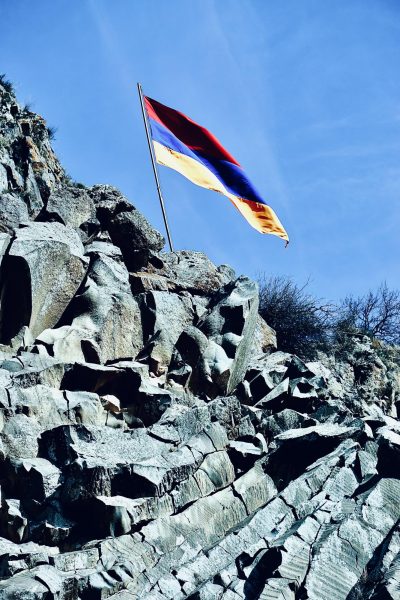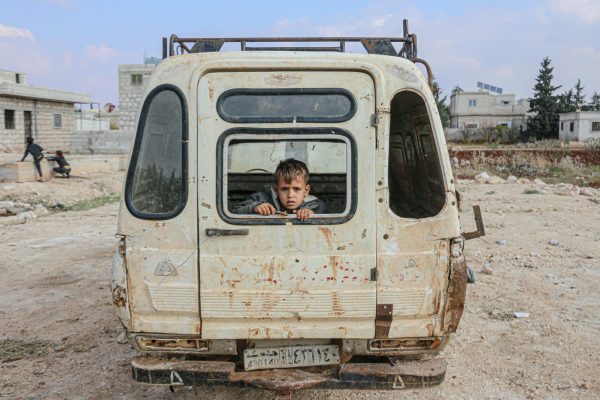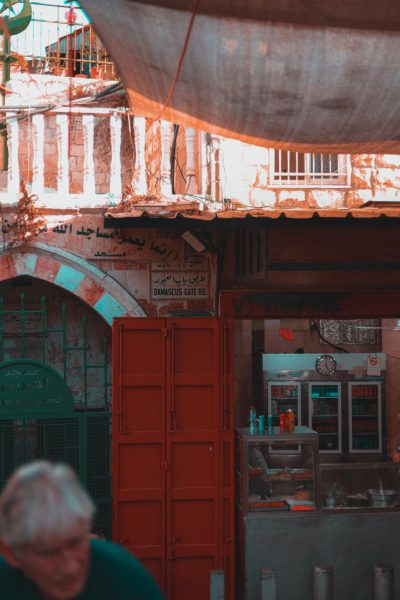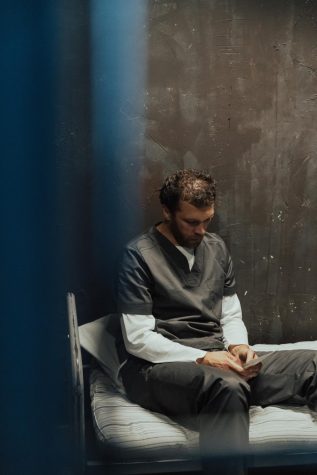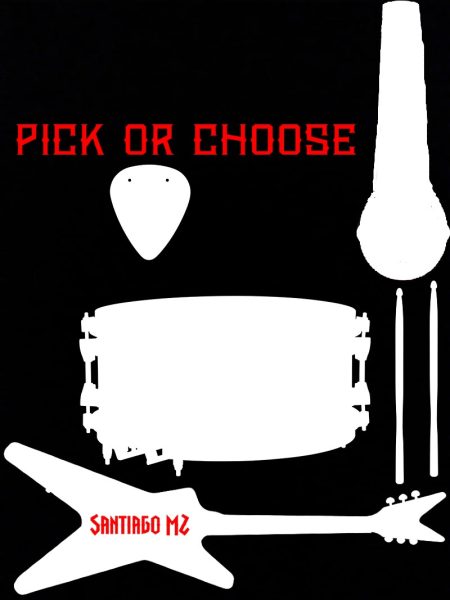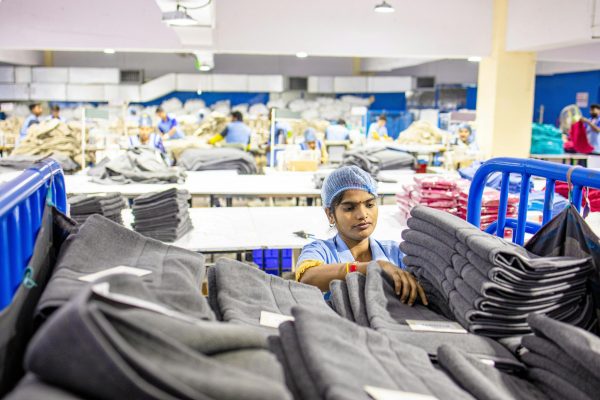Back Stage at The United Nations
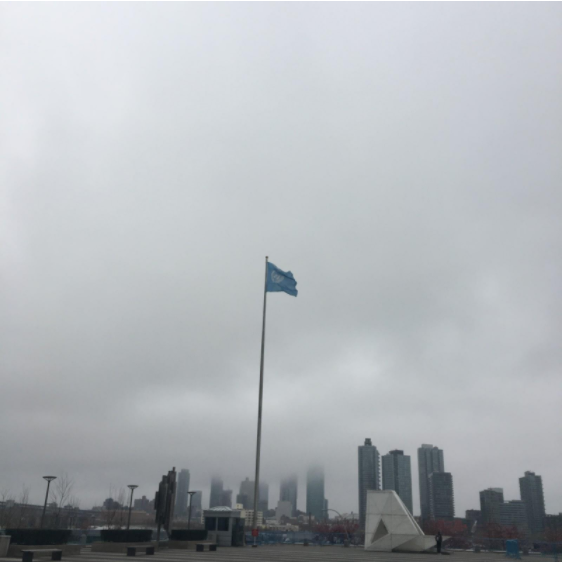
Hours upon hours of grueling work, thirty-hour straight conferences with just one small break, followed by a flight across the world to do it all over again; this is the life of a UN delegate. The UN is a post WWII organization with the purpose of providing countries a diplomatic way of discussion. The work of delegates is time consuming, but it is what holds the world together and helps to prevent easily preventable conflicts from growing.
Visiting the U.S. Mission to the UN in New York is a unique experience. At first glance, the building is reminiscent of a museum with security guards, artwork on the walls, and tour guides: the works. You almost forget that people inside are working to solve the world’s problems. Almost. There are people rushing around, flashing gold badges to security guards to get into an elevator. In the front, there is a whole “exhibit” on what the UN is and what its goals are. Tour groups are starting up in many different languages, which gives conveys a sense of international unity. As one exits the front room there are a variety of different places to explore, but don’t worry: there is a gift shop where you can buy everything UN, even a snow globe.
Upstairs is where the politics happen. There are conference rooms everywhere and many of them are in use, with real delegates having conversations about present issues. No cameras are allowed in an active conference, but rest assured, there is a viewing area with seats so a visitor can watch what really happens.
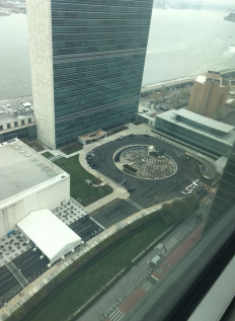
If watching a UN conference is not available or if it’s not entertaining enough, one can walk through the building and see other countries’ gifts to the United States. Golden sculptures, priceless paintings, and more lavish gifts are positioned throughout the building for viewing pleasure. Similarly, across the street, at the private offices of the U.S. Mission to the UN, expensive modern art is hung on the walls and offices have views of the Hudson River overlooking the U.S. Mission.
The Chieftain Press interviewed a senior adviser at the U.S. Department of State who handles telecommunications and internet policies in an international setting. Her work takes her to UN agencies, OECD (where she is the head of the U.S delegation), G20, G7, and regional organizations. When she spoke on the phone, she was in Buenos Aires, Argentina, having just finished a thirty-hour conference, and was getting ready for a flight to Germany for another conference.
During the interview, she talked about what goes on at a UN meeting: “We try to find the common ground and reach consensus on issues.” But the meetings are not just long in the sense of time spent discussing; the conference she was coming from had a two year preparatory process which is very expensive. “The U.S. and our western allies, we can afford to participate, but [for] developing countries it’s very expensive for them to participate in these activities because there is a mandatory regional preparatory process, an adviser group that helps shape the conference. All determined two years before the conference.” The UN has long, grueling hours, a hefty price tag and a surprising amount of artwork, but the process is needed to keep the peace in the world.

